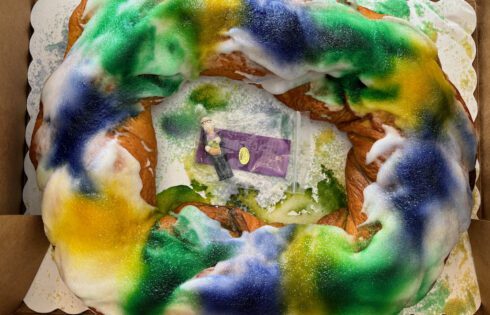
King Cakes: A New Orleans Staple With Long History; Here’s Where to Find Them
The fascinating history of the legendary King Cake and where to find these in New Orleans.

The fascinating history of the legendary King Cake and where to find these in New Orleans.
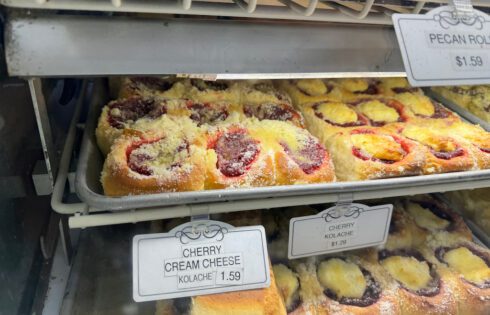
Our culinary landscape has often been enriched by the contributions of immigrants, gifting us with some of the most beloved foods. Whether savoring the flavors of Cudighi, indulging in a
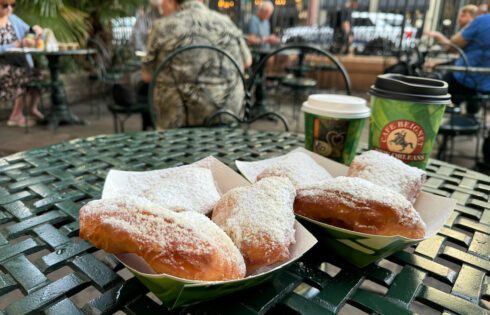
Humans have enjoyed fried dough for thousands of years, and today we see it enjoyed in a variety of forms across cultures worldwide. From funnel cakes to churros, donuts to
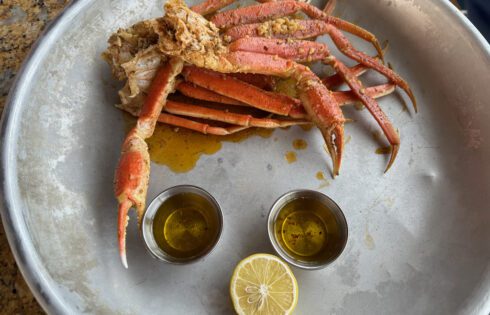
If you were considering hopping aboard a Carnival cruise, odds are you had your sights set on indulging in some seafood. As a newly re-born seafood enthusiast, I recently had
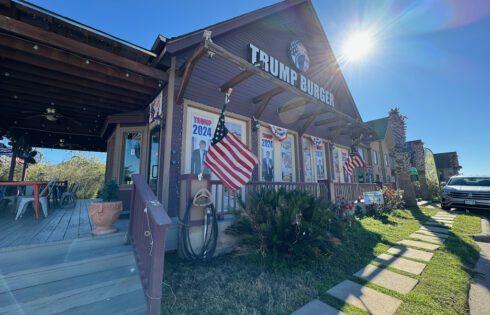
Trump Burger has turned into a must-visit spot for fans of the former president. Situated in Belleville, Texas, just an hour’s drive northwest of Houston, it sits right in the
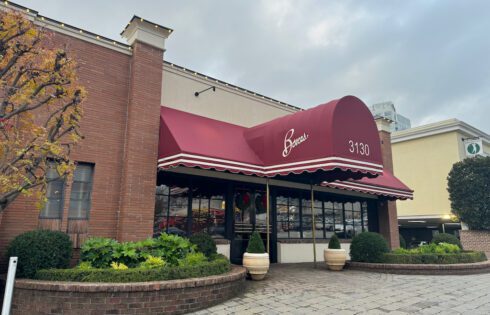
Nestled in Buckhead, Atlanta, Bones Steakhouse is one of the renowned steak houses in the country and promises a dining experience that transcends the ordinary. Recently, my husband Brad and

There’s a special thrill in stumbling upon a historic restaurant in a new place, be it the legendary Buckhorn Exchange in Denver, the city’s oldest eatery, or the iconic Cherry
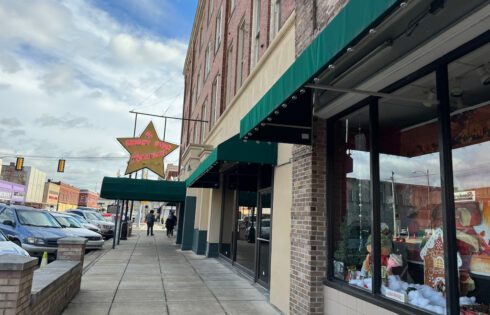
Bessemer, Alabama, once known as “The Marvel City,” recently also earned the dubious distinction of being tagged as “the most dangerous city in America,” thanks to its reported per capita
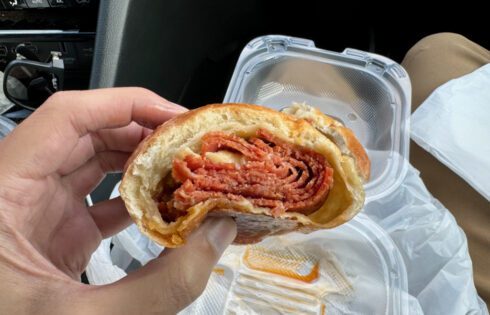
In the heart of West Virginia, there exists a beloved culinary creation that has become a symbol of the state’s rich history and cultural fusion – the pepperoni roll. Originating
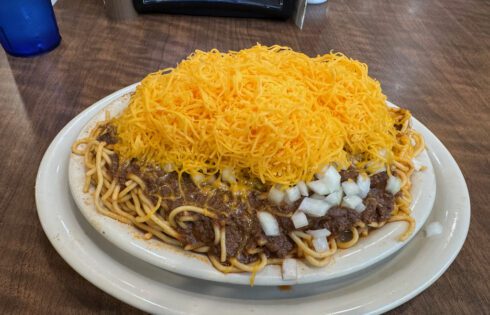
Immigrants have left an indelible mark on the American culinary landscape, introducing us to beloved dishes like Cudighi and the pasty. Among these, chili — or at least the meat
| Cookie | Duration | Description |
|---|---|---|
| cookielawinfo-checkbox-analytics | 11 months | This cookie is set by GDPR Cookie Consent plugin. The cookie is used to store the user consent for the cookies in the category "Analytics". |
| cookielawinfo-checkbox-functional | 11 months | The cookie is set by GDPR cookie consent to record the user consent for the cookies in the category "Functional". |
| cookielawinfo-checkbox-necessary | 11 months | This cookie is set by GDPR Cookie Consent plugin. The cookies is used to store the user consent for the cookies in the category "Necessary". |
| cookielawinfo-checkbox-others | 11 months | This cookie is set by GDPR Cookie Consent plugin. The cookie is used to store the user consent for the cookies in the category "Other. |
| cookielawinfo-checkbox-performance | 11 months | This cookie is set by GDPR Cookie Consent plugin. The cookie is used to store the user consent for the cookies in the category "Performance". |
| viewed_cookie_policy | 11 months | The cookie is set by the GDPR Cookie Consent plugin and is used to store whether or not user has consented to the use of cookies. It does not store any personal data. |
